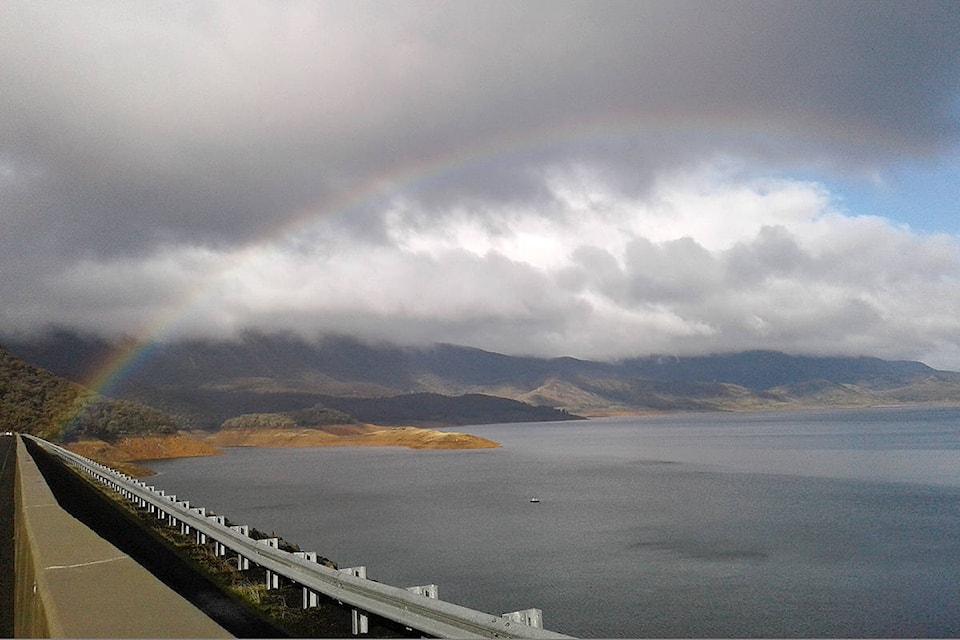By David Clements/Special to the Langley Advance Times
There are many similarities between Canada and Australia.
My wife and I just returned from five weeks in Australia and saw many of these similarities first hand.
Both nations were British colonies.
Both are grappling with reconciliation with indigenous peoples who suffered greatly from negative impacts of colonization.
Both are large countries with wide-open spaces, featuring large areas with sparse human populations.
There are major differences too.
One such difference is hard for us to fathom here in Canada, a land of abundant water. Water is hard to come by in Australia.
Our spectacular topography in British Columbia is nice to look at, and it makes for ample snow and rain.
By contrast, most of Australia is quite flat. Monsoon rains help water the north, but the majority of the country has few ways of making what the TV weather people there call “worthwhile” rain.
Parts of Canada are quite dry, such as British Columbia’s Okanagan, but by comparison, Australia is a desperately dry country.
The crisis there is deepening year by year, month by month.
For example, in the northern part of New South Wales, the last substantial rainfall event was in 2016.
Since then the people who manage New South Wales water systems have been desperately trying to apportion water to the various sectors that need it while waiting for rain to come again.
The current drought in New South Wales is being called one of the worst ever, and the statistics are telling. The Blowering Dam, which supplies the water for the watershed in the area around Wagga Wagga, NSW (where we stayed for three weeks) is at 49 per cent of capacity.
Indeed, we saw how low the water levels were when we visited the Blowering Reservoir, and we also saw the faltering levels of the mighty Murrumbidgee River that flows through Wagga.
Yet, the 49 per cent is high compared to some areas – the lower Darling River watershed is at a rock bottom one per cent of capacity.
Our church in Wagga is fervently praying for rain and for the many people whose livelihoods hang in the balance.
Many farmers have been forced to sell off livestock or quit farming altogether.
Huge humanitarian efforts are underway, including truck convoys carrying hay from other parts of Australia.
As part of the problem creating warmer and drier conditions in Australia through our excessive carbon dioxide emissions here, we “wet Canadians” should be concerned with the drought down under.
You might think your efforts to reduce your own carbon footprint are a mere drop in the bucket, but Australians can use every drop they can get!
.
RECENT COLUMN: Opening ‘new roads’ in Langley makes cycling safer
and Warawa himself was an environmental hero
.
- David Clements PhD, is a professor of biology and environmental studies at Trinity Weste
